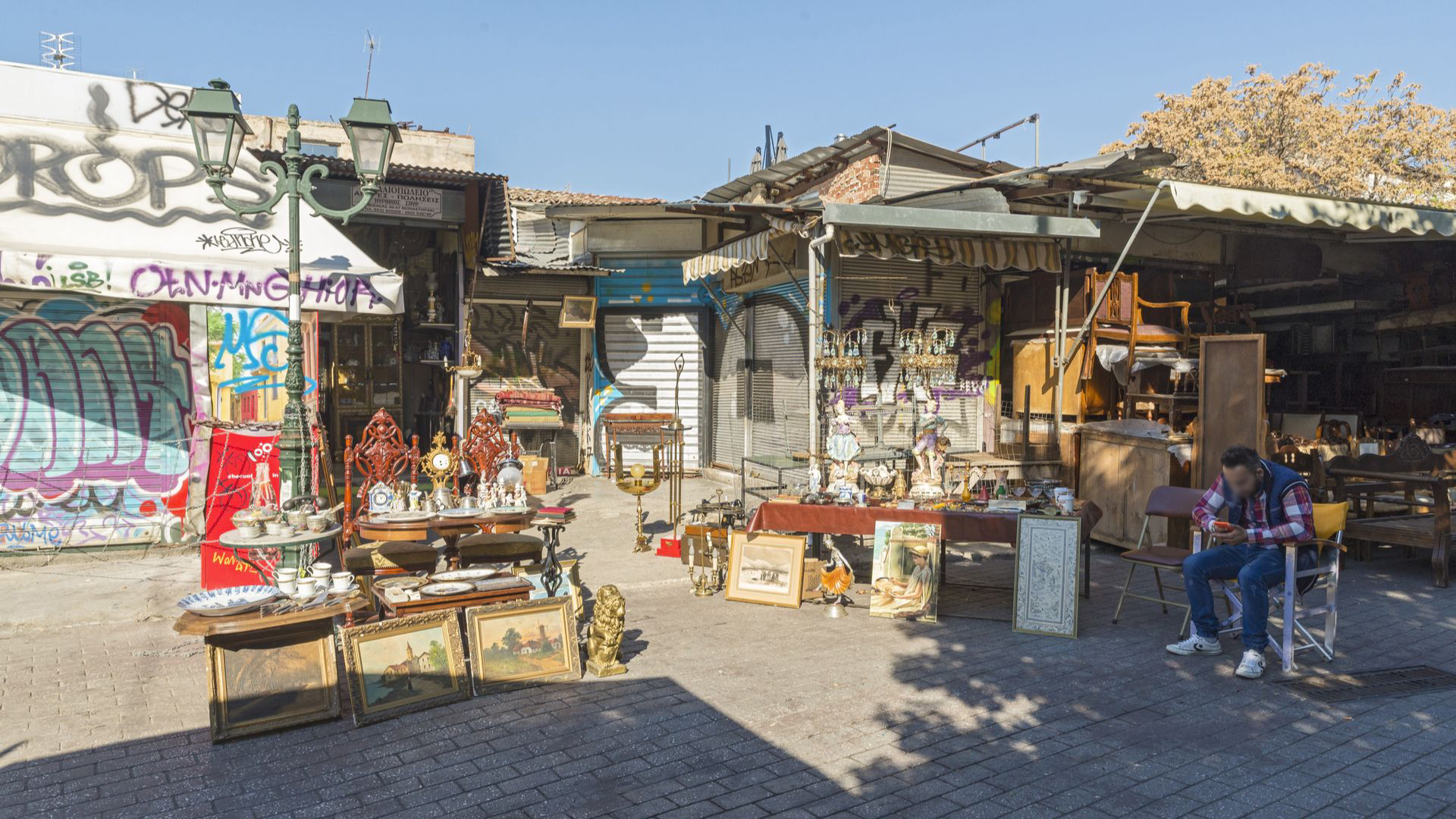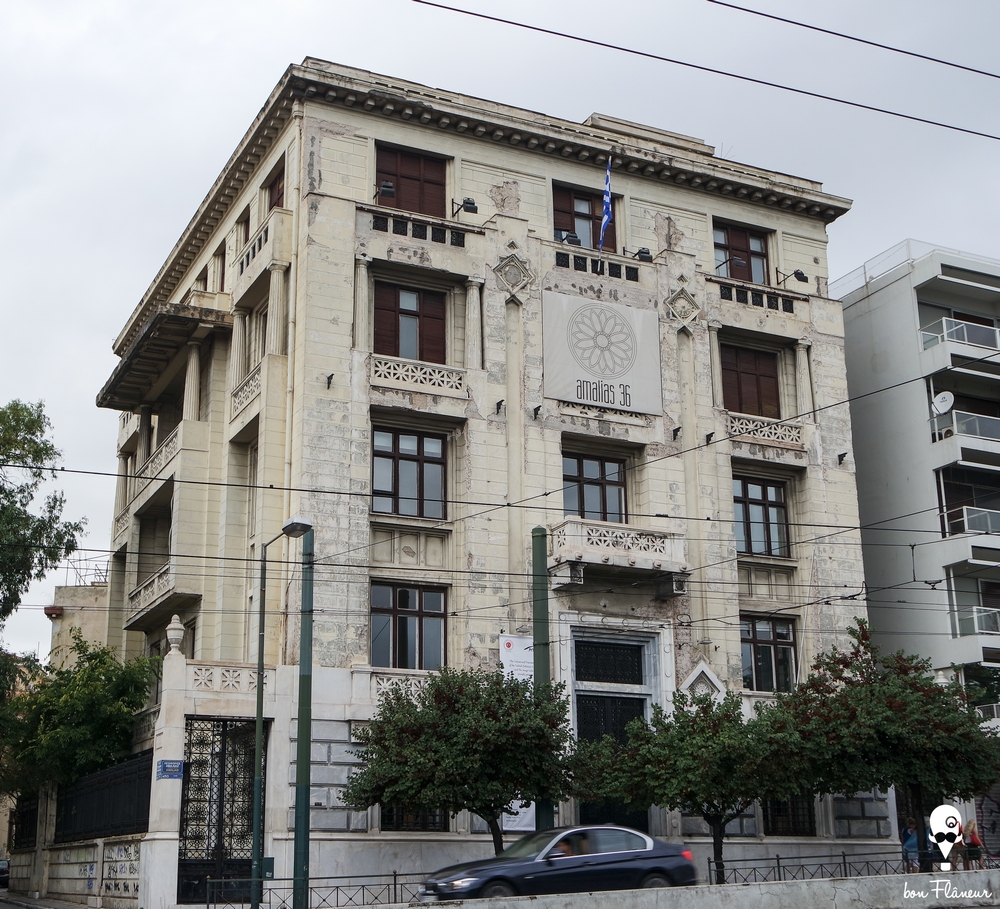Panathenaic Stadium
Informations
Address:
Platea Stadiou 5, Athina 116 35, Greece
Panathenaic Stadium
The Panathenaic Stadium is built on the site of an ancient Greek stadium and for many centuries it hosted games in which naked athletes (gymnikoiagones) competed in track and field events, athletic championships as we would call them today. The games, which had long been held in a place far from the city, were incorporated into the Panathenaic festivals (Panathenaean) in 566/565 BC. When the orator Lycurgus took over the management of the finances of the city of Athens in 338 BC, he included the construction of a stadium among the public works to be carried out.
The ravine between Ardettos Hill and the low hill opposite, in an idyllic setting on the banks of the River Ilissos, was considered the ideal location. The land was privately owned, but the owner of Deinias granted it for the construction of the stadium. Extensive earthworks transformed the ravine into an arena with the characteristics of the Greek stadium, a parallelogram with a narrow entrance and space for spectators on the slopes of the other three sides. The Lycurgus Stadium was used for the first time during the Great Panathenaic Games in 330/329 BC.
In Roman times, the city of Athens no longer had any political power. However, during the reign of Hadrian, between 117 and 138 AD, the city experienced a new spiritual and artistic flowering. In this period lived the orator and sophist Herod, son of Atticus, who devoted part of his great fortune to the construction of brilliant buildings in many sanctuaries and cities of the Roman Empire. Between 139 and 144 AD, thanks to Herod’s generosity, a great deal of work was carried out on the stadium, which brought about two major changes in its first form: the transformation of the original straight shape into a horseshoe shape with the addition of a sling, a characteristic shape of Greek stadiums in Roman times, and the covering of the spectator area, the theatre, with rows of seats in white Pentelian marble. At the back of the stadium there was a vaulted passage under the eastern wall. On the track, marble slabs marked the start and finish lines. An integral part of the pitch was the double-faced Hermaic columns. The entrance had a Corinthian propylon. A three-span marble bridge in Ilissos provided easy access from the town. The whole area, especially the gallery at the level of the sling, was decorated with statues in marble, bronze and even gold. At the top of Ardittos, the temple of the goddess Tychi (Fortune) was built with her ivory cult statue. The Athenians were justifiably proud of the Panathenaic Stadium, which had no equal in the world. At the top of the hill to the left of the entrance, Herod’s tomb dominated the scene for many years.
With the predominance of the Christian religion and the prohibition of pagan manifestations and the barbaric spectacles of Roman times, such as bloody duels and animal fights, the Panathenaic Stadium lost its splendor and, over time, acquired the sad image of abandonment, as its brilliant marbles were incorporated into Athenian buildings and fed the lime kilns of the surrounding area. European travelers were the first to visit the site, as evidenced by their accounts of the magical rites performed by young Athenian women in the ruined arch in order to find a good husband.
Among the first attempts to revive the idea of the Olympic Games were the sports competitions organized in the Panathenaic Stadium in 1870 and 1875 as part of the Zappia Olympiads, an exhibition of Greek products financed by the national benefactor Evangelos Zappa. The realization of the idea was due to the French Baron Pierre de Coubertin, a great connoisseur of Ancient Greek literature and organizer of the International Sports Congress in Paris in 1894. The president of the Congress and representative of the Panhellenic Gymnastics Federation was Dimitrios Vikelas, who convinced the Congress to hold the first International Olympic Games in the Greek capital in 1896. The Panathenaic Stadium was then invited to host the international games and became the centre of the city’s preparations for the great international gathering. Another national benefactor, George Averof, undertook the exorbitant cost of its reconstruction. His marble statue, to the right of the entrance to the stadium, was created by the sculptor Georgios Vroutos.
As early as 1836, archaeological excavations had revealed traces of the ancient stadium of Herod, and on the basis of these data and the results of the excavations carried out by Ernst Ziller in 1869, the plan for its reconstruction was drawn up by the architect Anastasis Metaxas. The reconstruction of the stadium in Pentelic marble is characterized by its great fidelity to the ancient monument of Herod. The first International Olympic Games began on 25 March and ended on 3 April, with great success. The marathon, the most popular of the events, was won by Spyros Louis. In the Panathenaic Stadium, the Olympic anthem was sung for the first time, with lyrics by Kostis Palamas and music by Spyros Samaras.
Throughout the last century, the Panathenaic Stadium has hosted various events, Panhellenic and International Games. During the 2004 Olympic Games in Athens, the stadium once again witnessed emotional moments during the archery and marathon finishes. As a creation of the Athenians, as its proud name, the Panathenaic Stadium has been destined since ancient times to host the noble rivalry of mind and body.






